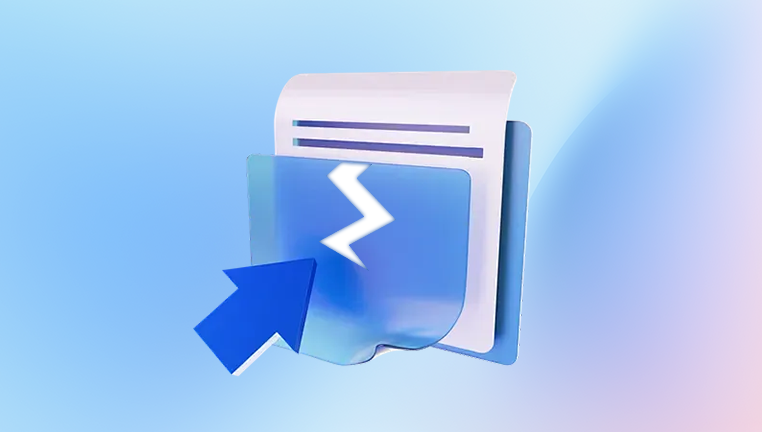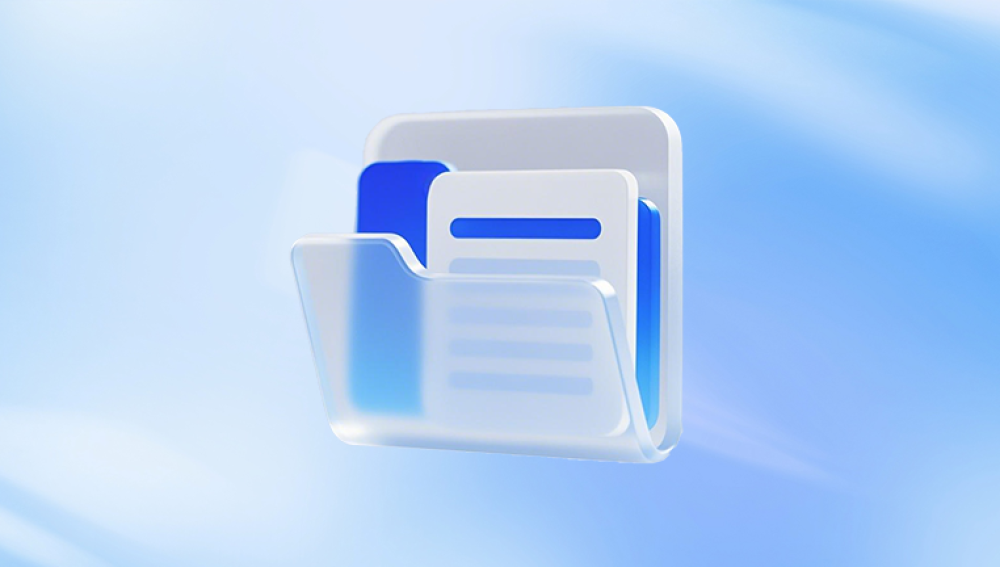Common Causes of Word Document Loss
Understanding how a Word document can be lost is the first step toward recovering it. Here are the most common scenarios:
Accidental Deletion: The file is unintentionally removed from your system.
System Crashes: Sudden shutdowns or crashes can interrupt saving or corrupt open files.
Power Failures: Losing power while working can cause unsaved changes to be lost.
File Corruption: Malware or hardware issues may corrupt the file, making it unreadable.
Unsaved Files: Exiting Word without saving a new file.
Overwritten Files: Saving a new file with the same name as an existing document.

Immediate Steps to Take After Losing a Document
If you’ve just lost a Word document, it’s crucial to stop using the affected drive immediately to avoid overwriting the lost data. Here are steps to follow:
Don’t Save New Files: Prevent overwriting sectors where the lost file may still exist.
Check the Recycle Bin: Often, deleted Word files are simply in the Recycle Bin.
Open Word: Sometimes, the application will automatically try to recover files after a crash.
Method 1: Recover Unsaved Documents in Word
Microsoft Word has a built-in auto-recovery feature that periodically saves your progress.
Steps:
Open Microsoft Word.
Click File > Info.
Click Manage Document > Recover Unsaved Documents.
Browse through the list of unsaved files.
Select the file and click Open.
Save the document immediately with a new name.
Note: Word usually saves these in a temporary folder such as: C:\Users\[YourName]\AppData\Local\Microsoft\Office\UnsavedFiles
Method 2: Use the AutoRecover Feature
AutoRecover saves a backup copy of your documents every few minutes (depending on your settings).
How to Locate AutoRecover Files:
Open Word and click File > Options > Save.
Look for the AutoRecover file location.
Navigate to that folder in File Explorer.
Search for files with the .asd extension.
To open an .asd file:
Open Word and select File > Open > Browse.
Navigate to the AutoRecover folder.
Select the .asd file and click Open.
Method 3: Search for Backup Copies (.wbk files)
Word can also create backup copies of your documents.
Steps:
Search for .wbk files:
Open File Explorer.
In the search bar, type *.wbk and press Enter.
Open the .wbk file in Word.
To enable backup creation in the future:
Go to File > Options > Advanced.
Scroll to Save and check Always create backup copy.
Method 4: Recover from the Recycle Bin
Deleted Word documents are often recoverable from the Recycle Bin.
Steps:
Double-click the Recycle Bin icon on your desktop.
Search for your document by name.
Right-click the document and select Restore.
Method 5: Use File History or Previous Versions (Windows)
If you’ve set up File History or System Protection, you may be able to restore a previous version.
Steps:
Navigate to the folder where your document was saved.
Right-click the folder and select Properties.
Click on the Previous Versions tab.
Select a version before the file was lost.
Click Restore.
Method 6: Use Drecov Data Recovery Software
Drecov Data Recovery
Drecov Data Recovery is built with powerful scanning algorithms that can detect and restore deleted or inaccessible .doc and .docx files from hard drives, USB sticks, SD cards, and external storage devices. Its clean, easy-to-use interface allows both beginners and tech-savvy users to recover files without stress or complicated steps.
To begin the recovery process, launch Drecov Data Recovery and select the drive where the lost document was last saved. You can choose between a quick scan for recently deleted files and a deep scan for more thorough recovery. Once the scan is complete, Panda will display all recoverable documents. The built-in preview feature allows you to view file contents before recovery, so you only restore what you need.
One standout advantage of Panda is its ability to recover documents lost due to system failures or after emptying the Recycle Bin. It can even detect autosaved versions or temporary files Word created during editing.
Method 7: Use OneDrive or Other Cloud Backups
If you save your documents to OneDrive, Dropbox, or Google Drive, you may be able to recover previous versions.
Steps (OneDrive):
Go to onedrive.live.com.
Locate your file.
Right-click the document and select Version History.
Review and restore the appropriate version.
Method 8: Restore from Temporary Files
Windows may store temporary Word files with a .tmp extension.
Steps:
Open File Explorer.
Search your computer for ~*.tmp or *.tmp.
Look for filenames that resemble your document or were created around the time you lost the file.
Change the file extension to .docx and attempt to open it with Word.
Method 9: Check Your Email Attachments
If you emailed the document or received it via email, your mail client may still have a copy.
Steps:
Search your inbox, sent items, and drafts.
Download the attached file again.
If using webmail (like Gmail), use advanced search features to locate attachments.
Preventing Future Loss: Best Practices
To avoid future data loss, here are several preventive measures:
Enable AutoSave: Especially when using OneDrive or SharePoint.
Turn on AutoRecover: In Word options, set the AutoRecover interval to 5 minutes or less.
Backup Regularly: Use external drives or cloud services to backup files.
Use Version History: Save versions of important documents manually.
Avoid Unsafe Shutdowns: Always save work and shut down properly.
Install Antivirus Software: Protect your system from malware that can corrupt files.
When to Seek Professional Help
If you’ve tried every method and your Word document is still missing, consider contacting a professional data recovery service. They have the tools and experience to perform a deep forensic recovery, especially if the drive is physically damaged.
Recovering a lost Word document can be a simple process if you act quickly and use the right tools. Microsoft Word has several built-in features such as AutoRecover, unsaved file recovery, and backup file support. In cases where these methods fail, third-party tools like Drecov Data Recovery provide an effective alternative.
Always remember to save your work regularly, back up important files, and use tools like OneDrive or Dropbox to maintain version history. The key to successful recovery is knowing your options and using them correctly. With patience and the right steps, you can almost always retrieve your lost Word document.




